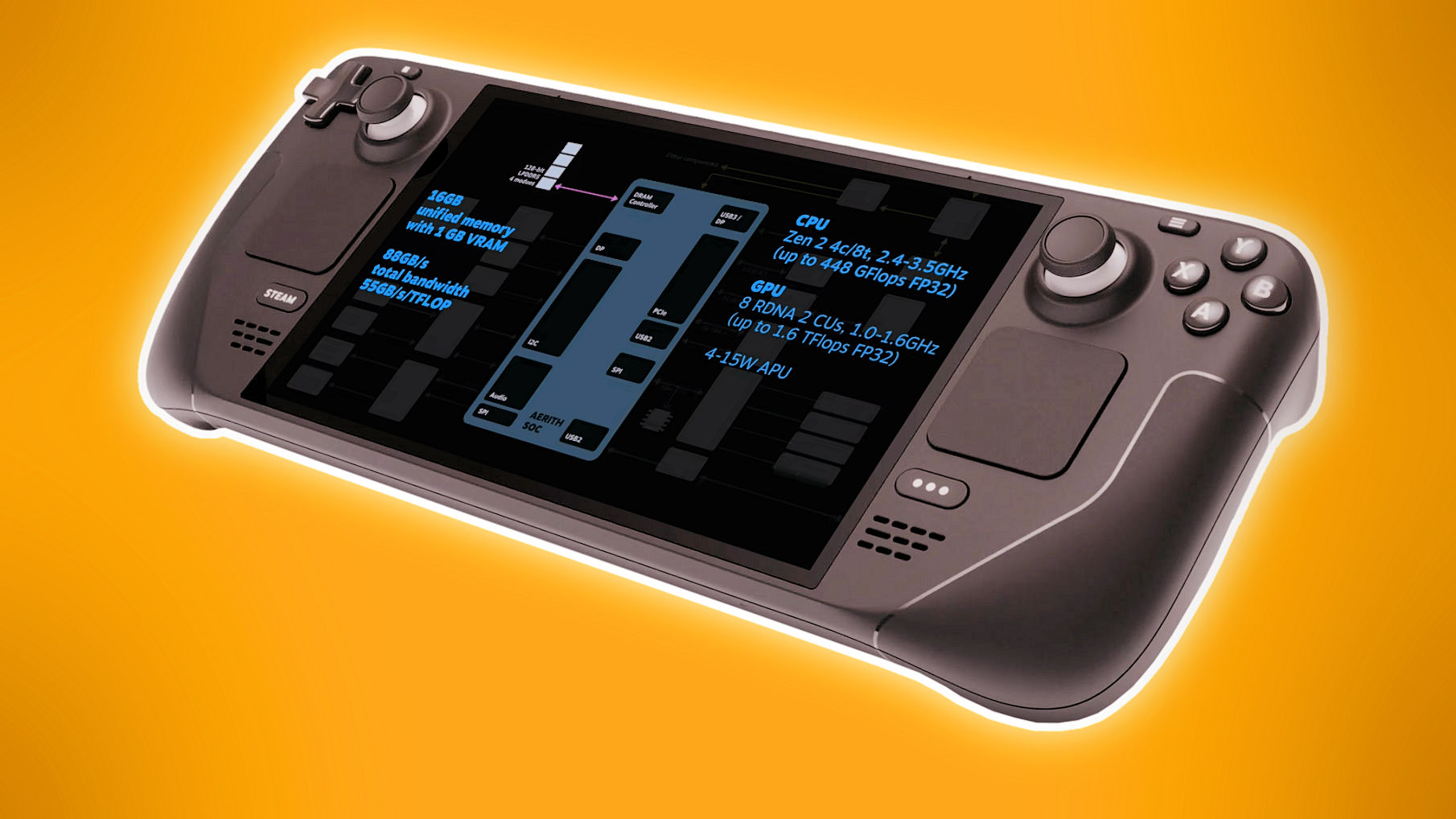There probably needs to be reports of mass production for the DLSS model* starting by the end of 2021 at the latest in order for a launch at early 2022 to be realistic. And also nobody knows for 100% certainty if Dane's already taped out or will soon be taped out, especially with NateDrake's comments (
here and
here) that devkits have limited RTX support, and that RTX support has been shown to have a much more negative impact on battery life than anticipated when testing RTX support for handheld mode. So Nintendo and Nvidia could be making tweaks with regards to RTX support, especially if Nintendo and Nvidia considers RTX support to be very important. And I don't think the RT cores on the Jetson AGX Orin and the Jetson Orin NX are going to be used as extensively as potentially with Dane.
I think Nintendo's gauging people's interest in the Metroid series with Metroid Dread before deciding on the release date for the Metroid Prime remaster/remake.
2) Although potentially true, the fact that the max CPU and GPU frequencies for the
Jetson AGX Orin and the
Jetson Orin NX are practically identical to the
max CPU and GPU frequencies for the Tegra X1 is a strong indicator that Samsung's 8N process node is used, considering that the CPU and GPU frequencies can definitely at least be set considerably higher if a more advanced process node (Samsung's 7LPP process node or TSMC's N6 process node) is used.
5)
NateDrake mentioned that devkits have limited RTX support. And I don't think Nintendo would have included limited RTX support for devkits if Nintendo planned on physically removing the RT cores from the GPU on Dane. Considering that
kopite7kimi mentioned that Dane's a custom variant of Orin, I imagine it would be very cost prohibitive to physically remove the RT cores from the GPU on Dane, or redesign the GPU on Dane without RT cores. (Nvidia could simply disable the RT cores for a potential Nvidia Shield TV model equipped with a SoC very similar to Dane.)






